ford 300 six cylinder engine for sale
The Ford 300 six-cylinder engine stands out as one of the most legendary inline-six engines ever built. Known for its durability, simplicity, and torque, the Ford 300 engine has been a cornerstone in trucks, vans, and industrial applications for decades. Whether you’re restoring a classic Ford F-series truck or looking for a reliable powerplant for your project, searching for a Ford 300 six-cylinder engine for sale is a smart move.
Ford 300 Six Cylinder Engine for Sale: The Ultimate Guide for Buyers
The Ford 300 six-cylinder engine stands out as one of the most legendary inline-six engines ever built. Known for its durability, simplicity, and torque, the Ford 300 engine has been a cornerstone in trucks, vans, and industrial applications for decades. Whether you’re restoring a classic Ford F-series truck or looking for a reliable powerplant for your project, searching for a Ford 300 six-cylinder engine for sale is a smart move.
In this comprehensive guide, we’ll explore everything you need to know about the Ford 300 engine, including its history, specifications, benefits, applications, and tips for finding the best units for sale.
Table of Contents
History of the Ford 300 Inline-Six Engine
Introduced in 1965, the Ford 300 cubic inch (4.9L) inline-six engine was designed as a robust alternative to V8s in Ford’s truck lineup. Built on the foundation of the 240ci inline-6, the 300 quickly gained a reputation for being nearly bulletproof.
The 300 I6 remained in production until 1996, outlasting many other engines in its class. It powered everything from Ford F-100 and F-150 pickups to E-Series vans, and was even used in industrial and agricultural equipment.
Its longevity is a testament to its straightforward engineering, which prioritized reliability and low-end torque over high-rev horsepower.
Technical Specifications
Here are the key specifications of the Ford 300 six-cylinder engine:
-
Displacement: 300 cubic inches (4.9 liters)
-
Configuration: Inline-6
-
Bore x Stroke: 4.00 in x 3.98 in
-
Compression Ratio: ~8.8:1 (varies by year)
-
Horsepower: 101-150 hp (varies by configuration and year)
-
Torque: 223–265 lb-ft
-
Fuel System: Carbureted (pre-1987), Fuel Injection (1987–1996)
-
Block Material: Cast iron
-
Head Material: Cast iron
-
Valvetrain: OHV (Overhead Valve), 12 valves
Its long stroke and heavy-duty internals made it a torque monster — ideal for towing and hauling.
Why the Ford 300 Engine Is Still in Demand
Even decades after its last production run, the Ford 300 I6 engine remains a fan favorite. Here’s why:
1. Unmatched Reliability
These engines are known to exceed 300,000 miles with minimal maintenance. Their simple design means fewer parts to fail.
2. Torque for Towing
The engine produces peak torque at low RPMs, making it ideal for hauling and off-road applications.
3. Ease of Maintenance
With plenty of space under the hood and an uncomplicated design, even novice mechanics can work on a 300 I6.
4. Parts Availability
Thanks to its popularity, parts are still widely available from OEM and aftermarket sources.
5. Legendary Status
For classic Ford truck enthusiasts, having a 300 six-cylinder engine is often a matter of pride and authenticity.
Vehicles That Used the Ford 300 Six-Cylinder Engine
The 300 I6 was widely used across multiple Ford platforms, including:
-
Ford F-100 (1965–1983)
-
Ford F-150 (1975–1996)
-
Ford F-250 / F-350 (1965–1996)
-
Ford E-Series (E-150, E-250, E-350) Vans
-
Ford Bronco (1980–1996)
-
Industrial Applications (generators, farm equipment, etc.)
Where to Find a Ford 300 Six Cylinder Engine for Sale
Whether you’re looking for a remanufactured, used, or rebuilt Ford 300 engine, you have several options:
1. Online Marketplaces
-
eBay Motors
-
Craigslist
-
Facebook Marketplace
These platforms offer local and national listings, allowing you to compare prices and conditions.
2. Engine Rebuilders and Retailers
-
Jasper Engines
-
ATK Engines
-
Powertrain Products Inc.
They offer remanufactured Ford 300 engines with warranties and quality assurance.
3. Auto Salvage Yards
Search your local junkyards or use aggregators like:
-
Car-Part.com
-
LKQ Pick Your Part
-
Pull-A-Part
4. Ford Forums and Enthusiast Groups
Communities like Ford Truck Enthusiasts or The H.A.M.B. often have classifieds where enthusiasts sell engines.
Things to Consider Before Buying
Before purchasing a Ford 300 engine, make sure to evaluate the following:
1. Condition
Ask about compression test results, mileage, rebuild history, and if it has been run recently.
2. Compatibility
Match the engine to your vehicle’s year and model. Fuel-injected vs. carbureted versions have different wiring and mounts.
3. Price vs. Value
A cheap engine might cost more long-term if it needs a rebuild. A rebuilt engine might offer better value.
4. Shipping and Handling
Engines are heavy and costly to ship. Look for local options if possible to reduce freight fees.
5. Warranty
Choose sellers or rebuilders who offer at least a 12-month warranty.
Cost of a Ford 300 Engine
Prices for a Ford 300 six-cylinder engine vary widely based on condition:
| Type | Price Range |
|---|---|
| Used (as-is) | $300 – $800 |
| Rebuilt | $1,200 – $2,000 |
| Remanufactured | $2,000 – $3,500 |
| Performance Build | $3,000 – $5,000+ |
Local deals may be cheaper, especially for untested core engines.
Popular Upgrades and Mods
While the Ford 300 is a workhorse out of the box, it also responds well to performance upgrades:
1. Intake and Carburetor Swap
Replace the factory 1-barrel carb with a Clifford or Offenhauser intake manifold and a 4-barrel carburetor.
2. Header Installation
Adding headers improves exhaust flow and adds horsepower.
3. Camshaft Upgrade
Mild performance cams enhance torque and throttle response.
4. Electronic Ignition
Upgrade from points to electronic ignition for better reliability and spark.
5. Fuel Injection Conversion
Switching from carburetion to EFI improves fuel economy and cold-start performance.
Q1: Is the Ford 300 six-cylinder engine reliable?
Yes. It’s considered one of the most durable engines Ford ever built, often running for 300,000+ miles with basic maintenance.
Q2: Can the Ford 300 engine be turbocharged?
Absolutely. Many enthusiasts have added turbochargers to this engine. Its strong block and internals can handle moderate boost with proper tuning.
Q3: Is the 300 I6 better than the 302 V8?
It depends on your goals. The 300 I6 excels in torque and longevity, while the 302 V8 offers better horsepower and aftermarket support for racing.
Q4: What year is the best Ford 300 engine?
The fuel-injected models (1987–1996) are the most refined and efficient. However, some purists prefer the carbureted versions (1965–1986) for simplicity.
Q5: Where can I buy a Ford 300 engine near me?
Try searching on platforms like Facebook Marketplace, Car-Part.com, and Craigslist with your ZIP code to find nearby sellers.

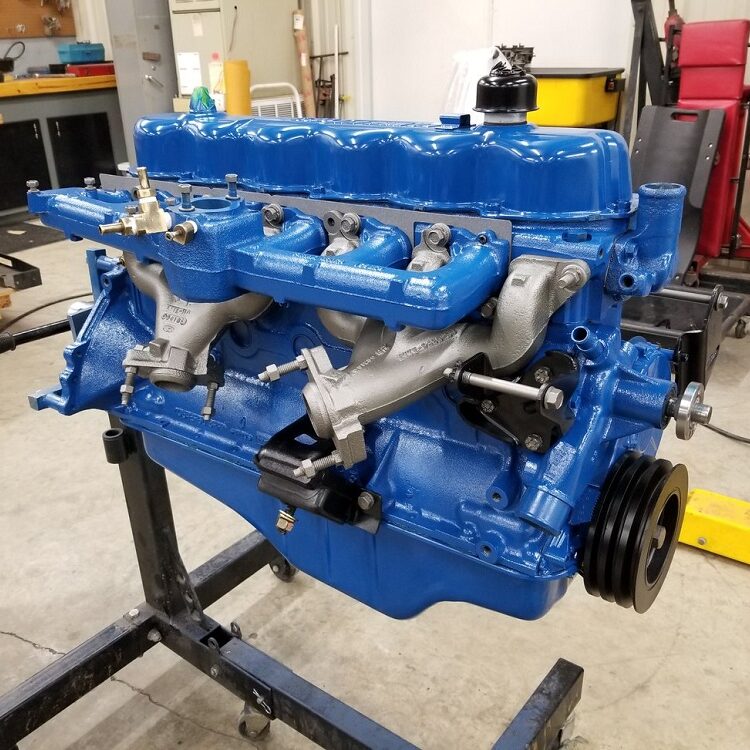
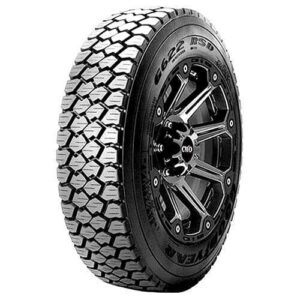

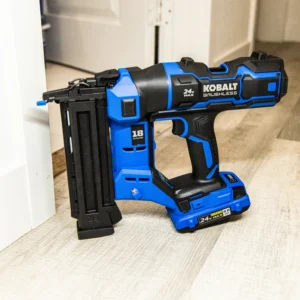
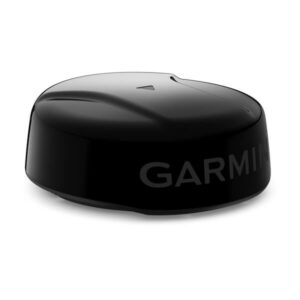
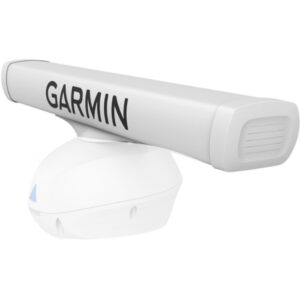
There are no reviews yet.